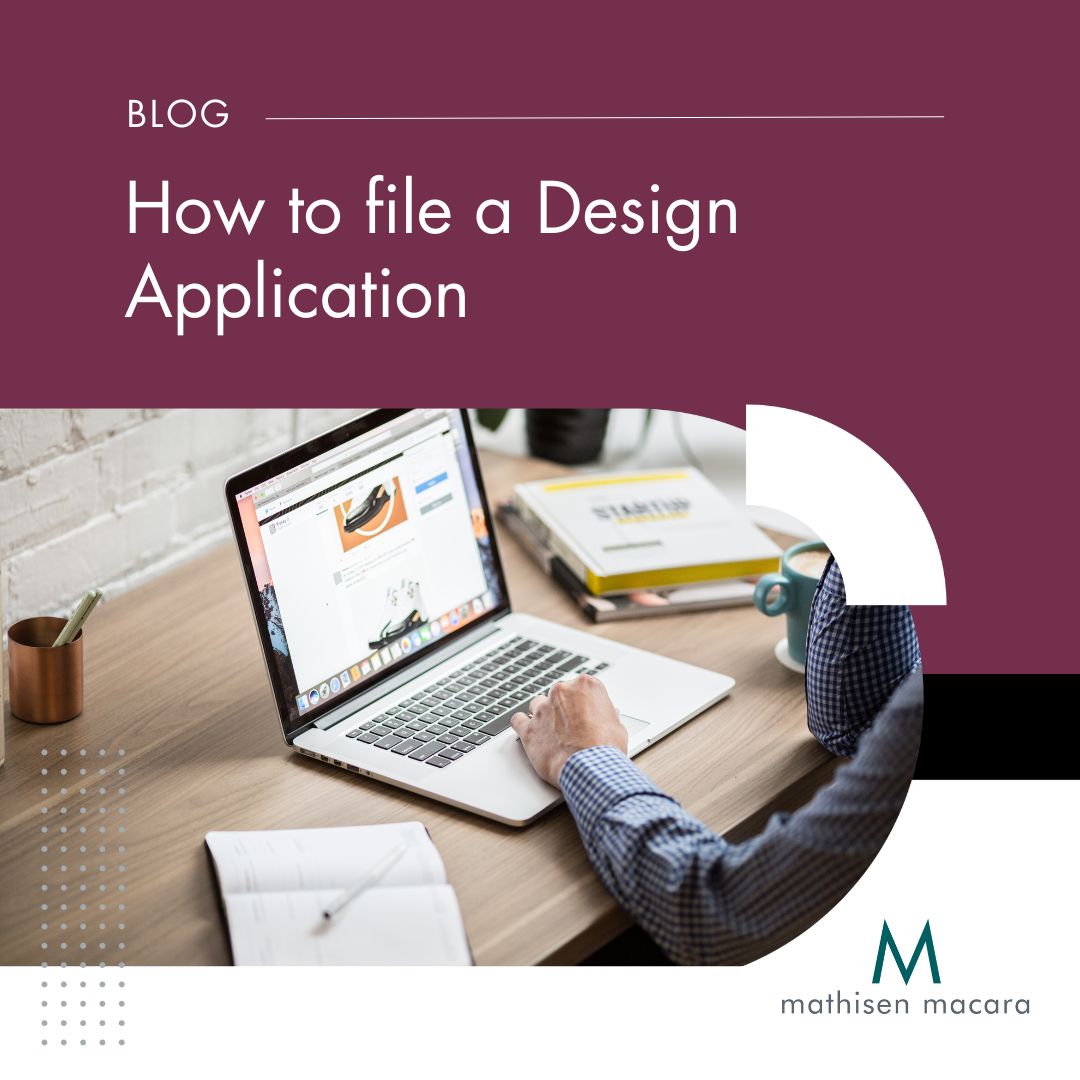How to file a UK Design Application
You’ve spent hours at your drawing board designing a new product that looks beautiful and now you are keen to protect your new design to prevent others from taking advantage of all your hard work. Registered designs can be used to protect the appearance, shape or decoration of a product, but how do you get them? This blog will give you an overview of what is involved and what steps you need to take.
A design registration is a legal document which uses images to illustrate a Design and gives its owner the right to stop other from using their design by making products that look the same. Design registrations protect the appearance of a product or part of a product as well as surface ornamentation and patterns. Design registrations can also protect packaging, graphic designs, computer icons, graphic user interfaces, and type-faces. Registered designs do not protect how a device works.
For a design registration to be valid, the design must be NEW and must have INDIVIDUAL CHARACTER. A design has individual character if the overall impression it produces on the informed user differs from the overall impression produced on such a user by any other design.
The process begins with preparing and filing of a registered design application. Your design may be represented using line drawings, CAD drawings, hand drawings or photographs. It is important to consider whether to include shading, exclude certain features (using dotted lines) and whether the design should be filed in colour or black and white. How your design is represented in the application is very important as it is these representations which will be compared with any other design right, should you decide to enforce your design registration against another party, once granted, not your product as sold.
Each design can be represented in up to 12 figures and should show the design from all angles (for example, a front, view, back view, left side view, right side view, bottom view, top view, perspective view etc). Only one style of illustration may be used to represent a design in each application. However, it is possible to file more than one application for the same design. For example, an application could be filed using line drawings and another application could be filed to the same design using photographs of the design.
When an application is filed, an indication as to the product to which the design is intended to be applied to, or into which it is to be incorporated should be given. However, the scope of protection provided by the design registration is not limited to this indication.
Once filed at the UK Intellectual Property Office, your application will be examined to check that it complies with certain formal requirements. The application is not examined to check that it is new or has industrial character. Therefore, a design can be registered relatively quickly. Once the application is in order for registration, it is published. If you wish to keep your design confidential for a while, registration and publication can be deferred for up to 12 months from the filing of the application.
Although applications for registered designs are not examined to check that they are new or have industrial character before registration, the Design Registration will be examined for novelty and individual character, if the registration is challenged or if you wish to enforce it.
Fees must be paid to the Intellectual Property office, both to file the application and to keep your design registration in force after it is granted. A design registration lasts for up to 25 years from filing and is renewable, upon payment of a fee every 5 years.
The process itself is relatively straight forward, quick and cheap. However, the decision to be made as to how to represent your design is more complex, so although it is possible to do this yourself, we recommend making use of a qualified and regulated Patent or Trade Mark Attorney who has experience in preparing and filing design registration applications. Such Attorneys are also experienced in responding to objections, if any are raised by the Intellectual Property Office and so are best placed to assist your application through the registration process. They will also help you to make sure that formal requirements, deadlines and fee payments are complied with. A failure to meet deadlines or pay fees, may lead to the rejection of your application. This could mean that you end up with no, or ineffective protection for your Design.
Design registrations can be very powerful tools to protect your designs but there are pitfalls for the unwary. Mathisen & Macara’s attorneys are highly experienced, both technically and legally, and are here to guide you through the process.
